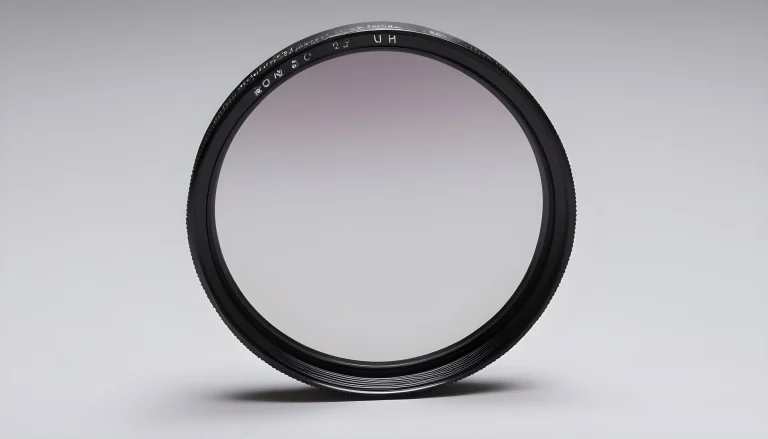Optical Windows in Microscopy
In the world of scientific exploration, microscopes are the conduits that allow us to venture into the realms of the minuscule. While lenses and lighting systems often steal the limelight, one component that silently plays a crucial role in enhancing microscopic clarity is the optical window. In this comprehensive dive, we unravel the significance of optical windows in microscopy, exploring their functions, variations, and pivotal contributions to unraveling the mysteries of the tiny universe.
The Hidden Role of Optical Windows in Microscopy
An optical window, a seemingly unassuming piece of glass or transparent material, holds the pivotal role of safeguarding the sensitive internal optics of a microscope. Positioned at the focal point of the microscope, this window lets light from the sample pass through while ensuring minimal distortion and maximum clarity.
1. Clarity and Transmission:
The primary objective of an optical window is to maintain the integrity of transmitted light. By minimizing distortions, reflections, and aberrations, it ensures that the observed image retains the utmost clarity.
2. Protection from Contaminants:
Microscopes operate in a world of minute particles and contaminants. Optical windows act as barriers, shielding the internal optics from dust, moisture, and other particles that could compromise the quality of observations.
3. Thermal Management:
The window acts as a buffer against thermal fluctuations, stabilizing the temperature within the microscope system and preventing distortions due to varying temperatures.
Varieties of Optical Windows for Microscopes
Different types of optical windows cater to the diverse needs of microscopy techniques and applications:
1. UV-Visible Windows:
These windows allow ultraviolet (UV) and visible light to pass through, making them suitable for a wide range of microscopic observations that involve these wavelength ranges. They offer minimal absorption and distortion.
2. IR Windows:
Infrared (IR) windows are crucial for infrared microscopy. These windows selectively allow IR light to pass while blocking other wavelengths, ensuring the accuracy of IR observations.
3. Broadband Windows:
Broadband optical windows cater to microscopes that cover multiple wavelength ranges. They facilitate observations across various regions of the electromagnetic spectrum, ensuring versatility in microscopic studies.
Enhancing Microscopic Insights with Optical Windows
1. Sharper Imaging:
The quality of microscopic imaging heavily relies on the optical clarity provided by the window. By maintaining the fidelity of transmitted light, optical windows contribute to sharper and more detailed images.
2. Protection of Internal Optics:
Microscope optics are intricate and sensitive. Optical windows shield these components from potential contaminants, extending the longevity of the microscope’s performance.
3. Preservation of Sample Integrity:
Some microscopy techniques involve observing live samples. Optical windows help maintain the desired environmental conditions within the microscope, ensuring that the sample’s natural state remains unaltered.
Advancements and Innovations
The world of microscopy is evolving, and so are the demands on optical windows. Researchers are continuously exploring novel materials and coatings to improve the performance of these windows. Anti-reflective coatings, for instance, minimize reflections that can contribute to image degradation, enhancing the overall clarity of observations.
Conclusion
As technology progresses, the role of optical windows continues to evolve, promising even clearer glimpses into the microcosmic realm. In the pursuit of scientific discovery, let us remember that every magnified image, every breakthrough, often begins with the unfaltering clarity provided by these subtle yet indispensable components. Just as a window reveals the view beyond, optical windows reveal the wonders within the microscopic world.








